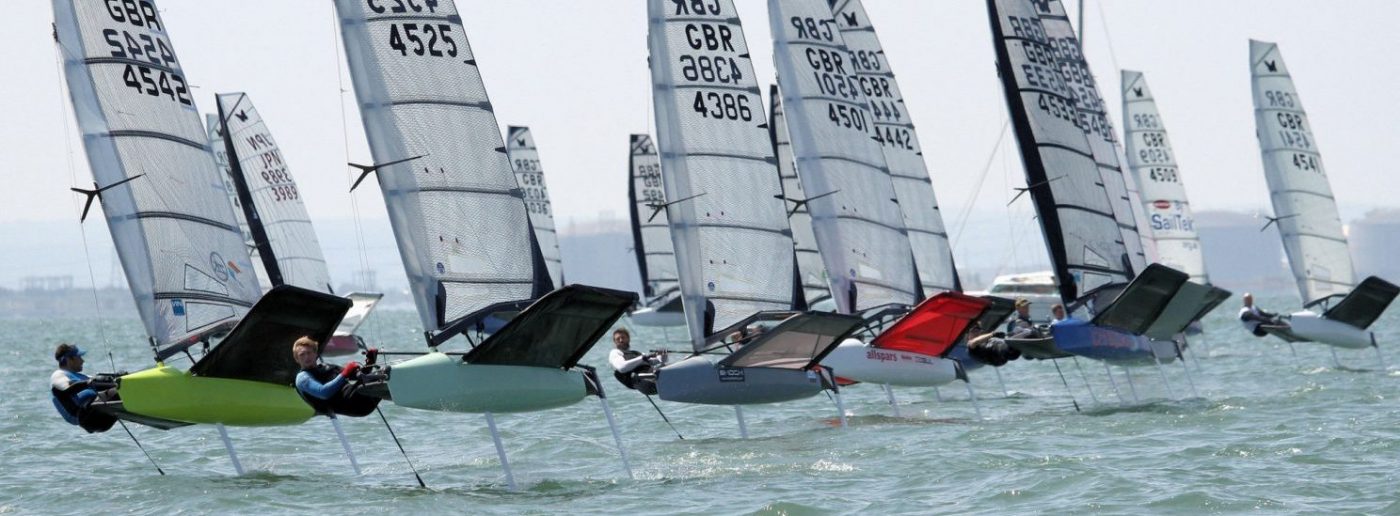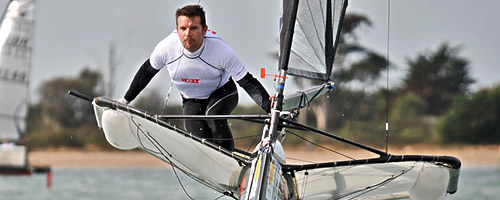The modern foiling moth is a technical racing machine and buying one can be a daunting prospect.
Here are some helpful pointers and guidelines to help you find the right boat for you.
New or 2nd Hand?
Budget will be the major determining factor, but performance and reliability is also something to consider. The newer boats are relentlessly getting faster and more reliable…
Currently you can buy a new boat for anything between under £9000 to over £14000. See the Moth Manufacturers page for details.
2nd Hand moths
Budget
Budget will determine the age, condition, competitiveness and reliability of the boat.
You can buy a decent second hand foiler from £4000 upwards depending upon age and condition
At the lower end of the price range, you’ll get a decent machine that will help you through your first couple of seasons whilst you get to grips with boat handling. Whilst at the higher end, are boats that are capable of winning Championships in the right hands…
However, not everyone will want the very latest and fastest designs and many will be happy to experience foiling at a more fundamental level. Key things to look for are:
- a good control system in good working order
- a good set of foils
- a sound hull
- a reasonably good rig
Ideally you would want to get a boat with a trolley and boat cover, but nowadays there are a lot more companies involved in the class that can provide ancillary equipment.
Also many of the older designs can be bought relatively cheaply and upgraded by purchasing new foils and rigs.
Design
Most of the boats on the market now are dedicated foiler designs (e.g. Prowler/Mistress MK1) built from 2004 onwards. The benefit of these is that they were purpose built as foilers as opposed to having been converted. However you can find a good buy in a properly converted boat.
There is also a variety of homebuilds available, most of which provide a solid platform to start mothing.
Foils
First generation foils will be adequate for learning to foil. However the latest generation of foils have been heavily developed and make foil gybing and tacking more achievable due their ability to keep the boat in the air longer.
A good option is to buy an older design and once you are comfortable sailing a moth, invest in a new set of foils.
Control Systems
Long gone are the days of carbon push rods and plastic ball joint rod ends. Look for stainless steel control rods and rod ends. These are strong enough to handle the forces involved in foiling and and only buckle under extreme circumstances!
Sails and Rigs
KA, North and Hyde sails are the defacto standard and condition will vary, but in general the sails will normally be adequate to learn with. Rigs are not important in the early stages of mothing as long as the sail is not completely blown out.
Buying 2nd Hand
Whatever happens, you should have a boat that will bring your sailing to a whole new level and put a smile on your face forever!
Happy buying!
Click below to visit the world Moth Market website

